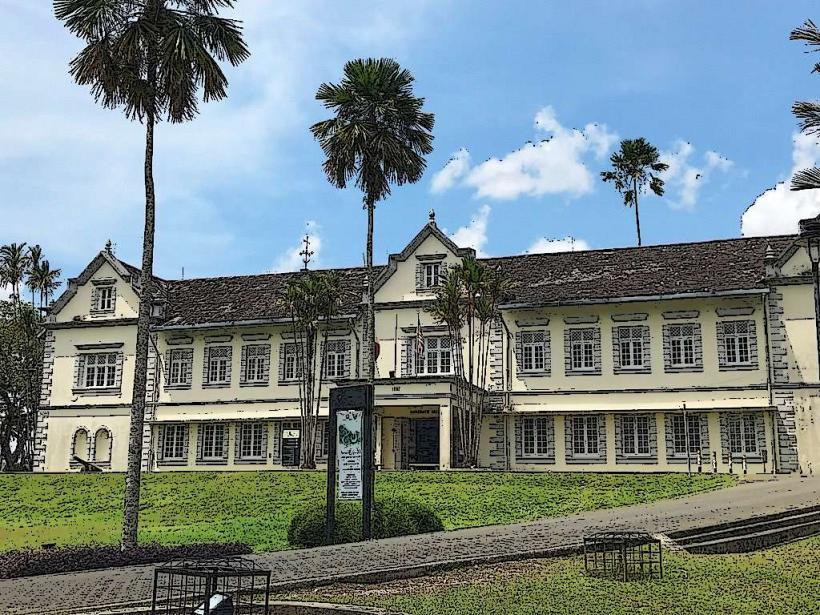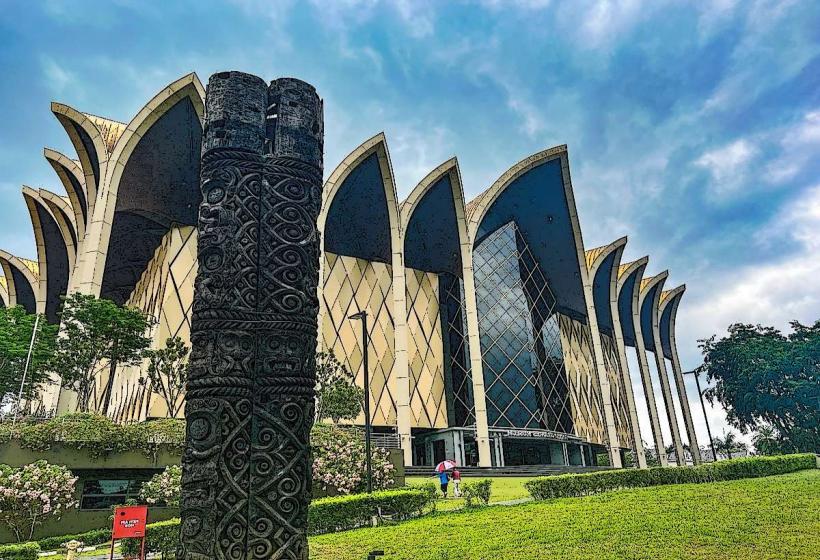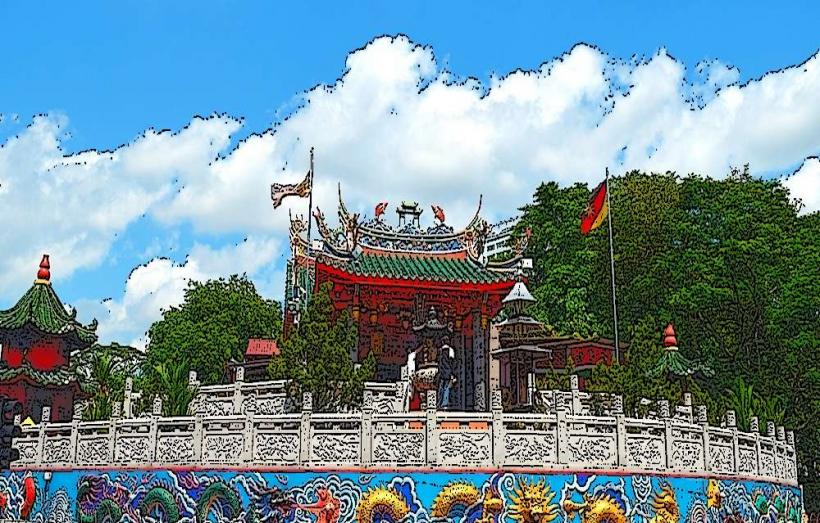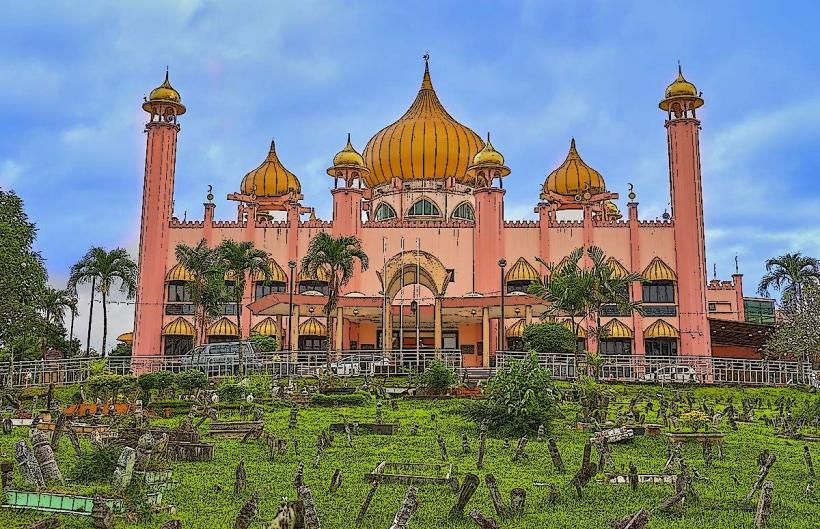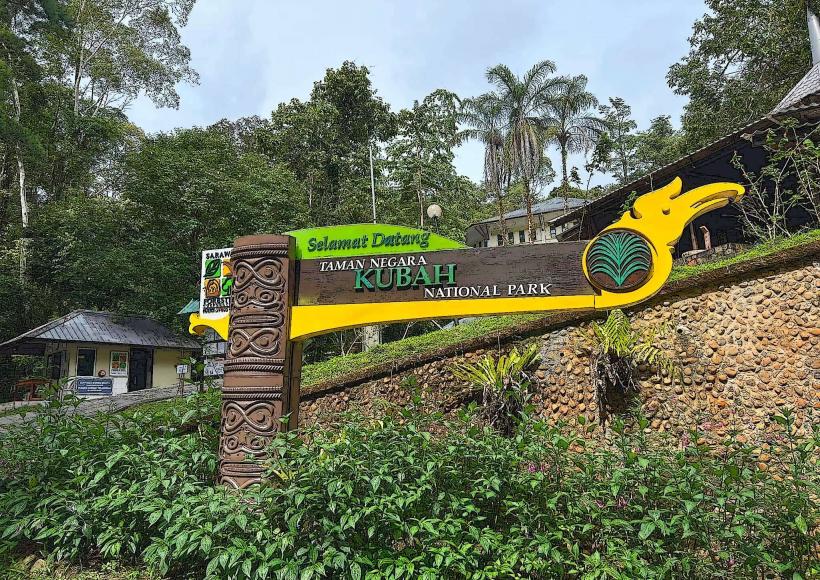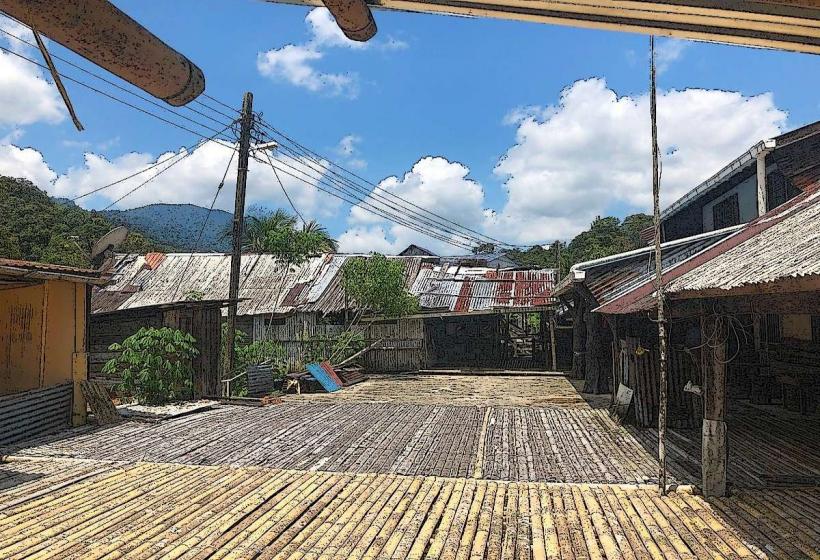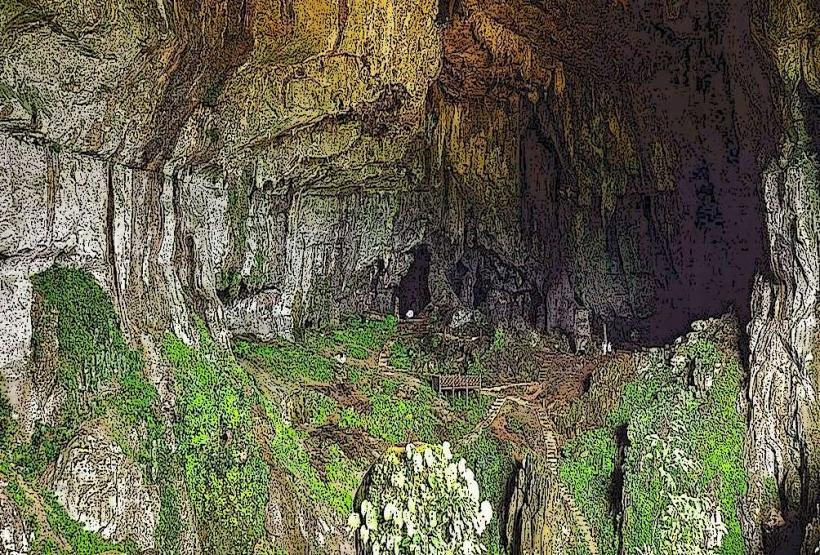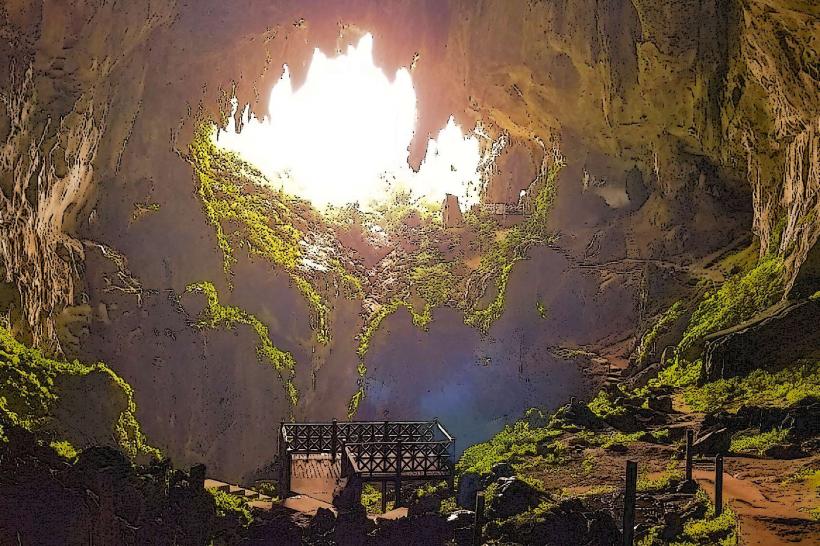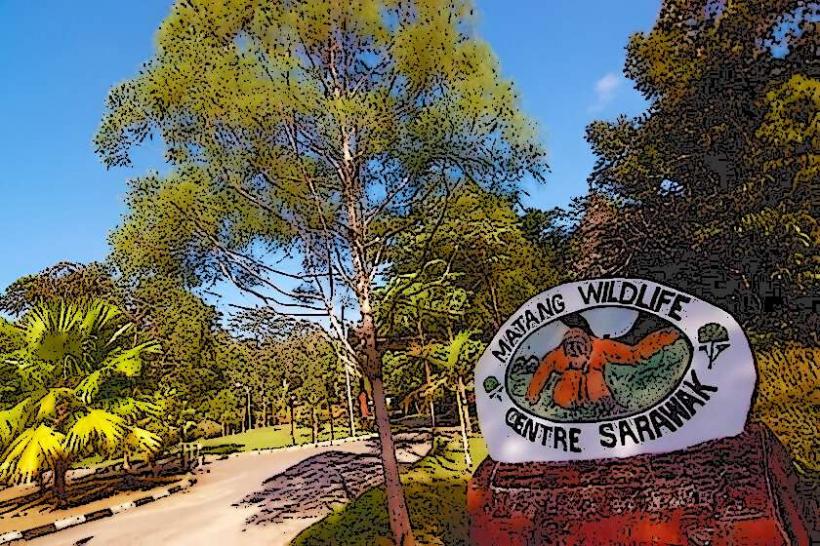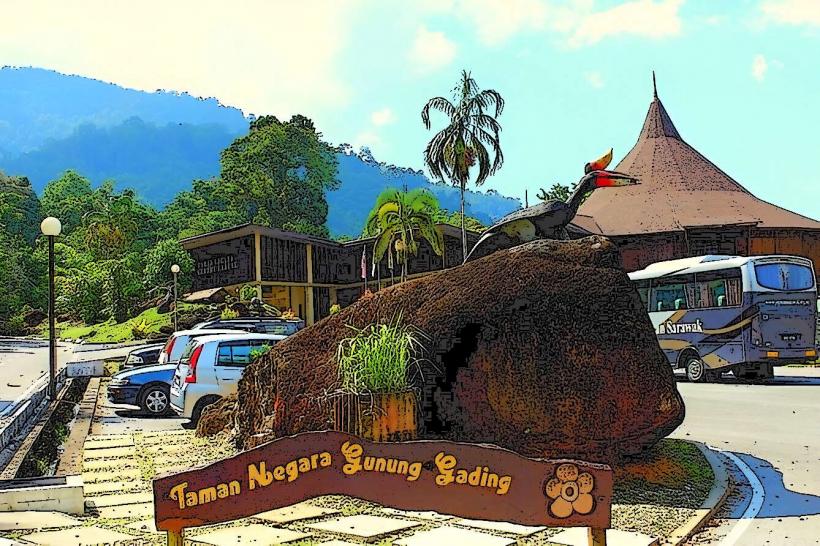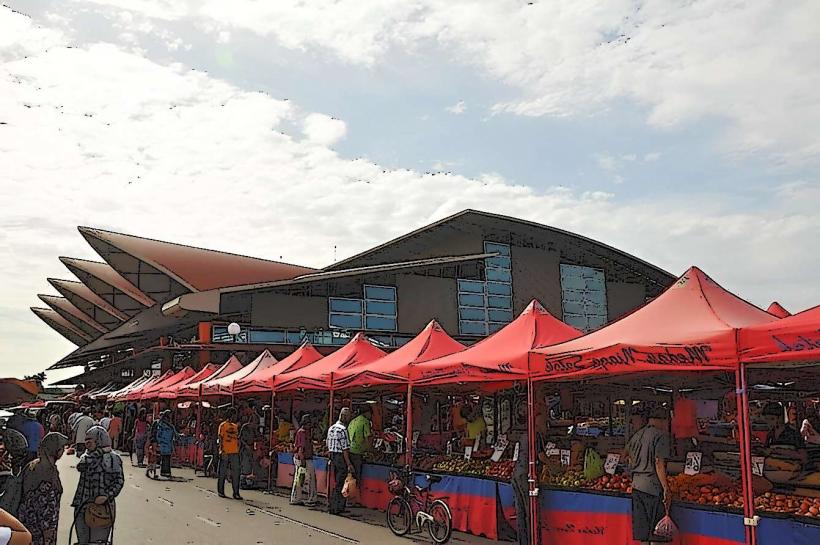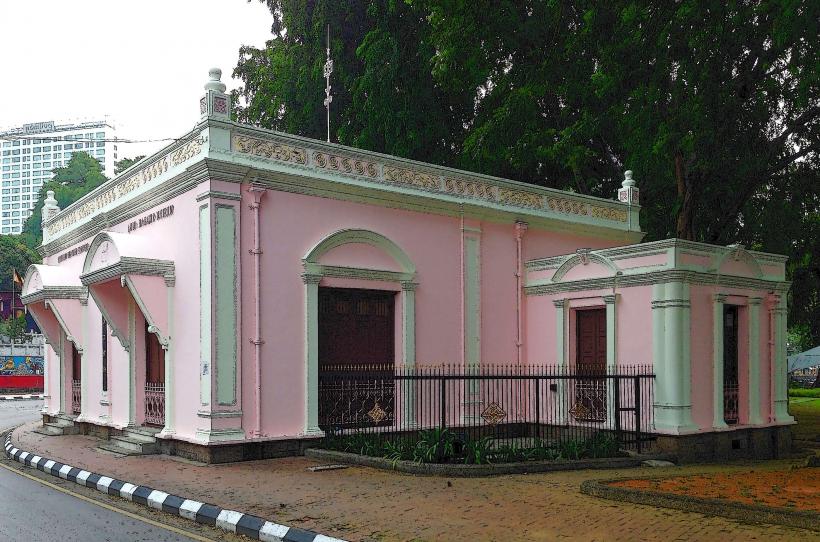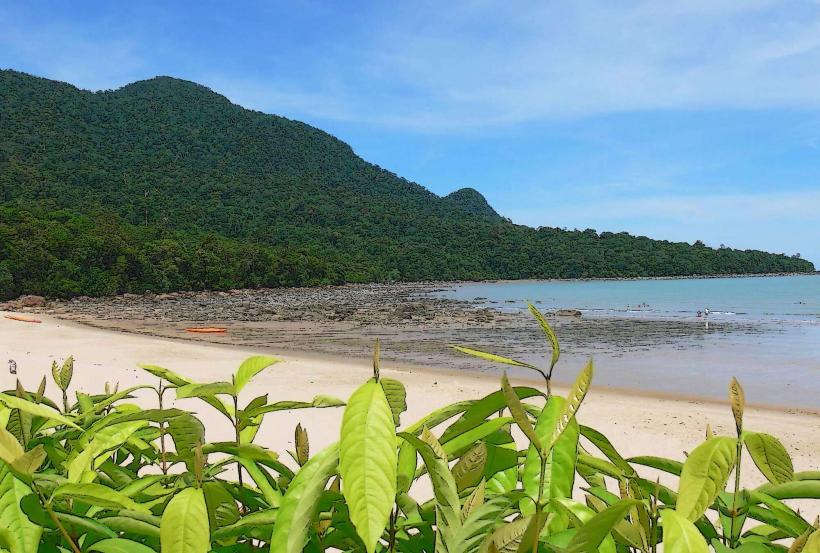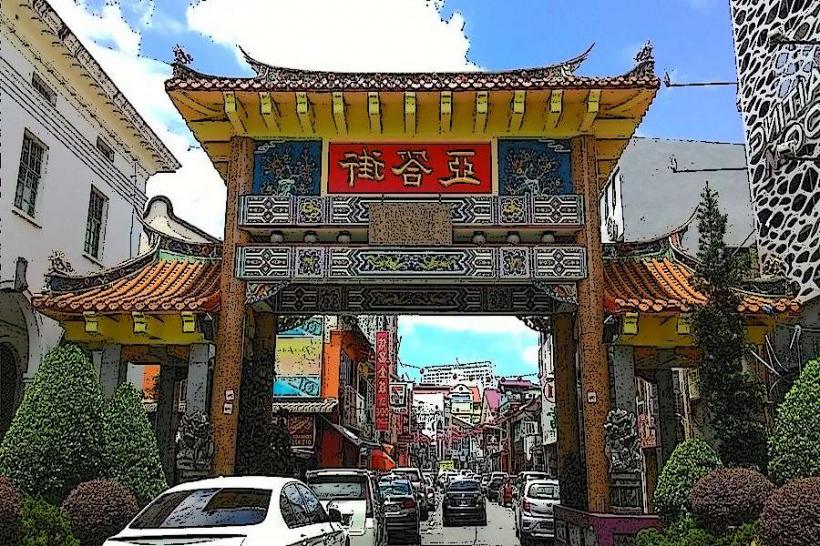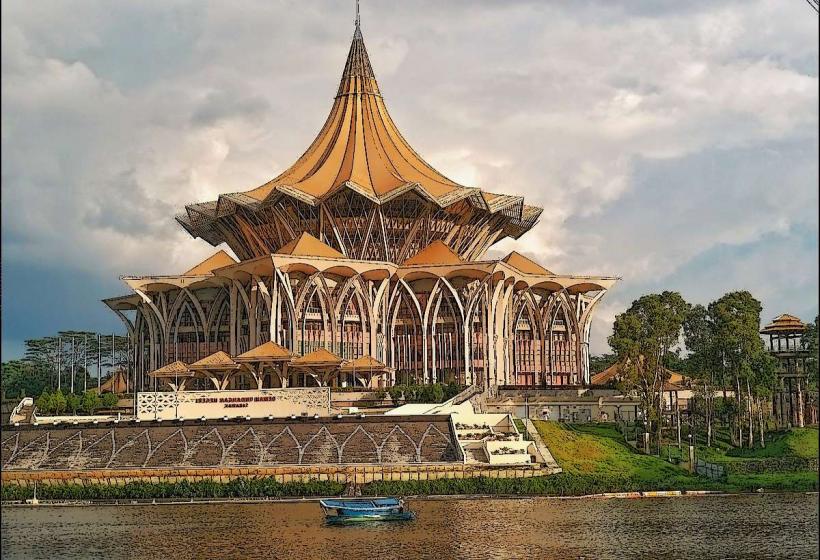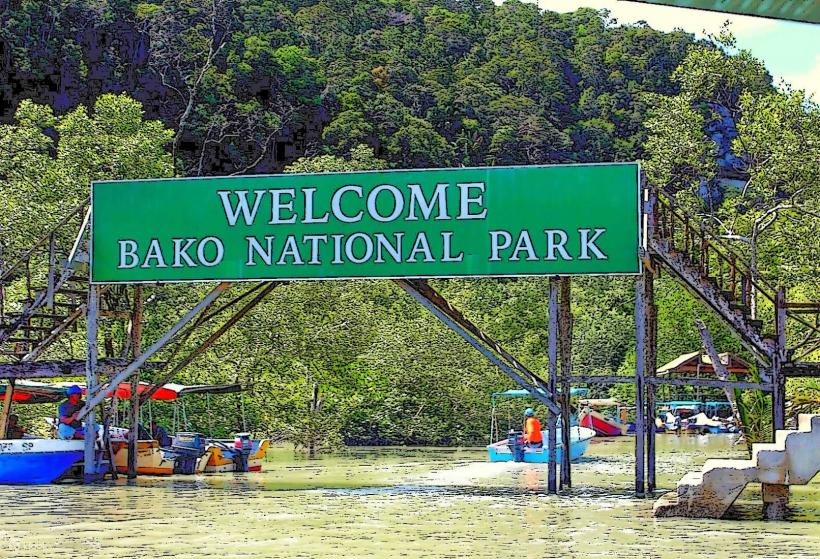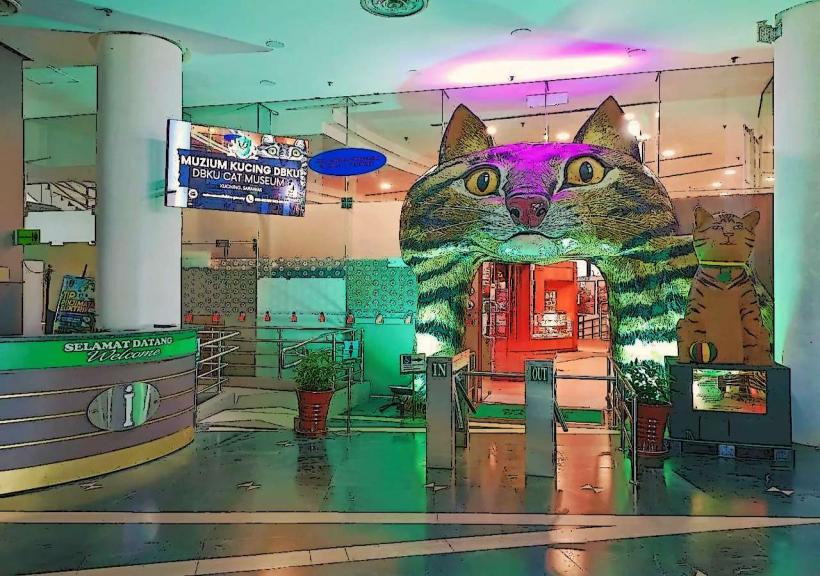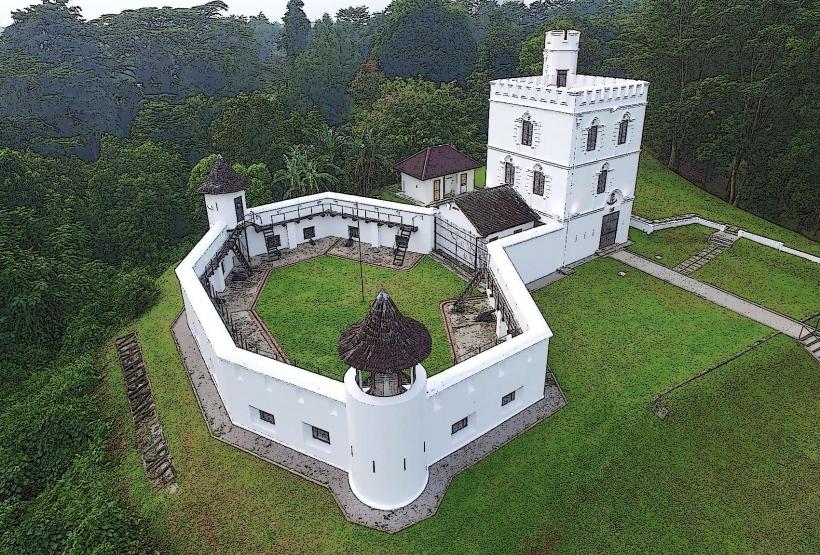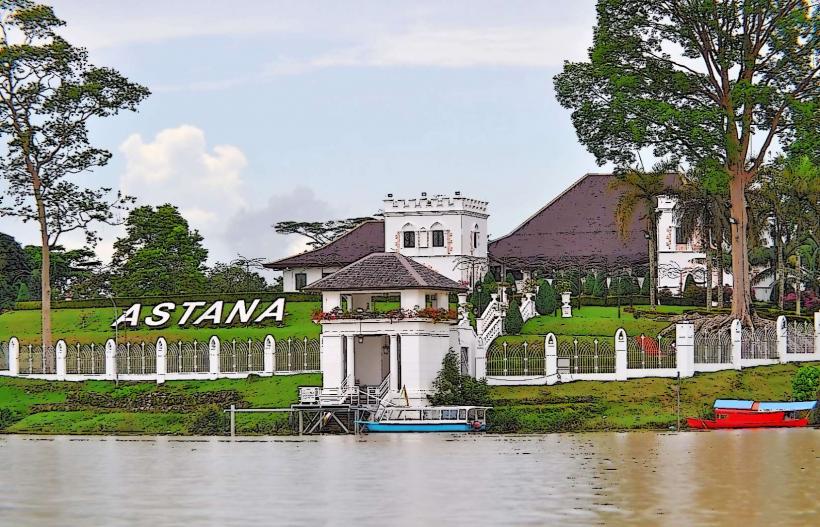Information
Landmark: Sarawak Cultural VillageCity: Kuching
Country: Malaysia
Continent: Asia
Sarawak Cultural Village, Kuching, Malaysia, Asia
Overview
About 35 kilometers from Kuching, the capital of Sarawak, Malaysia, the Sarawak Cultural Village spreads across the green hills of Santubong as an open-air museum, in conjunction with the village bursts with the colors, voices, and traditions of Sarawak’s many ethnic groups, a vivid display of its deep cultural roots.Visitors can step inside traditional homes, join in lively cultural activities, and discover the customs, rituals, and everyday life of the region’s indigenous communities-maybe even smell fresh bread baking over an open fire, and the Sarawak Cultural Village sits at the base of Mount Santubong, where the mountain’s green slopes rise behind it and frame the whole setting in quiet beauty.You can reach the village from Kuching in about 40 minutes by car, the road winding past green hills and compact roadside stalls, furthermore it was founded to preserve and share the cultural heritage of Sarawak’s indigenous peoples.The Sarawak Cultural Village is a hub for cultural exchange and learning, where visitors can step inside and feel the cool shade of traditional wooden homes while experiencing living traditions, at the same time its seven distinct ethnic houses reflect the rich heritage of Sarawak’s diverse indigenous communities.Each house faithfully mirrors the traditional architecture of its ethnic group, from carved wooden beams to clay-tiled roofs, and opens a window into the people’s everyday lives, customs, and traditions, furthermore in the village, you’ll meet the Iban-one of Sarawak’s largest indigenous groups-famous for their long wooden longhouses where families share meals and stories.In the village, the Iban longhouse rises from timber and palm thatch, its design echoing a way of life built on sharing meals and space, besides the Bidayuh, by contrast, are known for their tall stilted homes, where the floor sits high above the ground to catch the breeze.In the village, their home mirrors the Orang Ulu’s forest-inspired architecture, with carved wooden panels that seem to breathe the green of the jungle, and in the village, the Orang Ulu house displays intricate wood carvings and reflects their unique traditions, while the Melanau are recognized for their tall stilted homes that rise above the ground like watchtowers.In the village, the tall stilted Melanau house shows how traditional design keeps floodwaters out and lets the breeze flow through; the Chinese home, with its red-lacquered beams, reflects the community’s long history in Sarawak and the influence of Chinese architecture; the Malay house, all carved wood and wide verandas, echoes the coastal style; and the Penan remain among the most nomadic indigenous peoples of Borneo, and in the village, their bamboo-and-palm-leaf house shows how simple and portable these shelters can be.Each day, the Sarawak Cultural Village comes alive with the beat of drums, swirling dancers, and rituals that share the traditions of Sarawak’s indigenous peoples, after that visitors can take in a vibrant mix of experiences: watch the swirling steps of the Iban ngajat, the graceful Bidayuh dulang, and the energetic Orang Ulu kancet dances; listen to the rich tones of the Iban and Orang Ulu sape, along with other native instruments; witness heartfelt ceremonies like weddings, blessings, and harvest celebrations that open a window into local traditions; enjoy themed shows during festivals such as Gawai Dayak and Chinese current Year; and try their hand at weaving or carving, crafts still lovingly practiced by Sarawak’s indigenous communities.You can watch artisans weave the Iban pua kumbu-rich, hand-dyed fabric once reserved for ceremonies-shape smooth Bidayuh clay pots, or braid the fine, tight patterns of Orang Ulu baskets at the Sarawak Cultural Village, therefore skilled carvers there chip delicate designs into wood used for rituals and home adornment.And if you’re curious, the village invites you to roll up your sleeves and try these cultural traditions yourself, likewise you might join a cooking session and learn to prepare Sarawakian dishes with fragrant lemongrass and fresh jungle herbs, try traditional canoeing along the same rivers local communities have navigated for generations, or play games like the Iban Sepak Raga, kicking a woven rattan ball back and forth.You know, The village also has a museum filled with artifacts, clothing, tools, and other treasures that tell the stories of Sarawak’s indigenous cultures, meanwhile at the museum, you’ll find rich background stories that bring the village’s exhibits and performances to life, helping you grasp the full depth of Sarawak’s diverse cultural heritage.To be honest, Set in a lush tropical landscape, the Sarawak Cultural Village invites you to wander shaded nature trails and take in sweeping views of misty mountains, emerald forests, and the shimmering South China Sea, in addition lush palms and shining hibiscus line the paths around the village, making it perfect for wandering and spotting local wildlife, loosely As it happens, After a amble, you can settle into the village restaurant for Sarawakian dishes like fragrant laksa or jungle ferns cooked with garlic, at the same time you can sample local favorites like the fragrant, spice-laced Sarawak Laksa, the springy noodles of Kolo Mee, and Manok Pansoh-tender chicken steamed inside bamboo, in a sense Oddly enough, Nearby gift shops sell handwoven baskets, smooth wooden carvings, vibrant batik, and jewelry crafted by local artisans, at the same time the Sarawak Cultural Village also helps bring the Rainforest World Music Festival to life each year at Damai.The festival brings the world’s music to life, and the cultural village pulses with performances, hands-on workshops, and lively cultural exchanges, equally important visitors might join in the rhythmic beat of Gawai Dayak, the Harvest Festival, or feel the glow of Christmas lights strung across wooden beams, all while sharing in the traditions that make each event unique.The best time to visit the Sarawak Cultural Village is…
Author: Tourist Landmarks
Date: 2025-09-12

